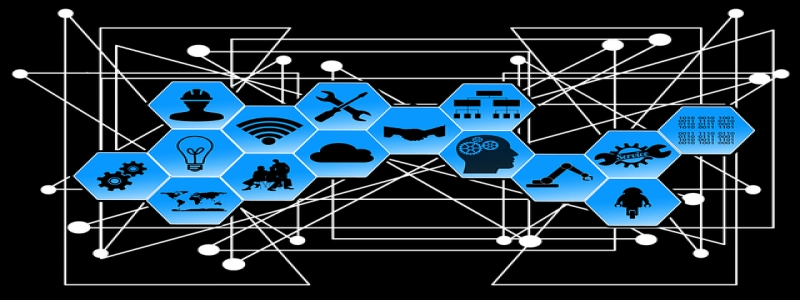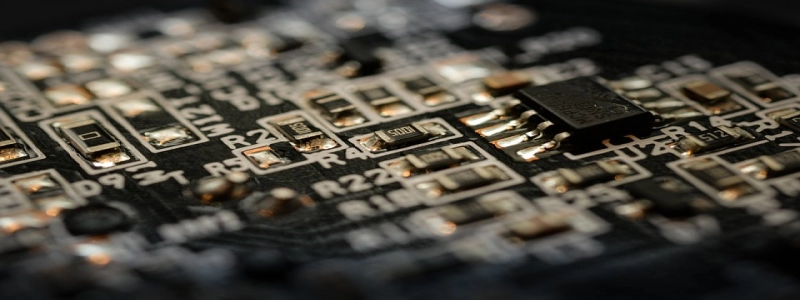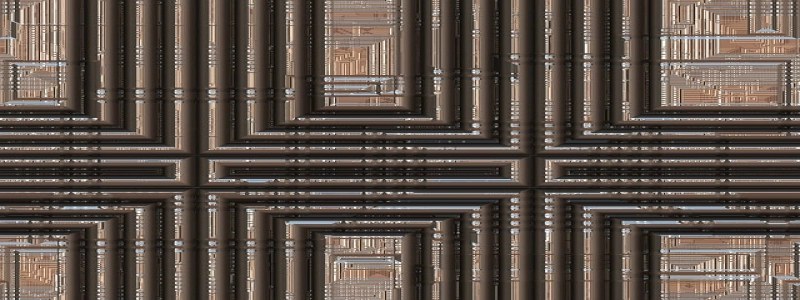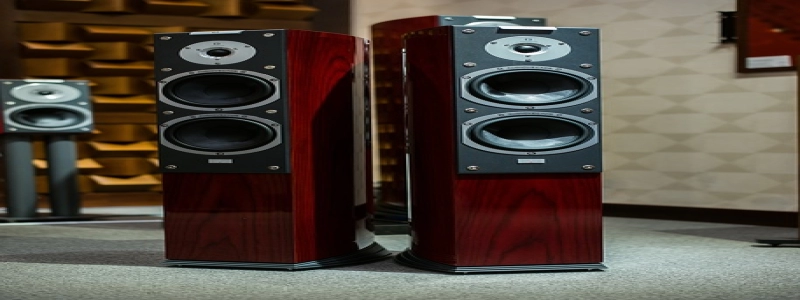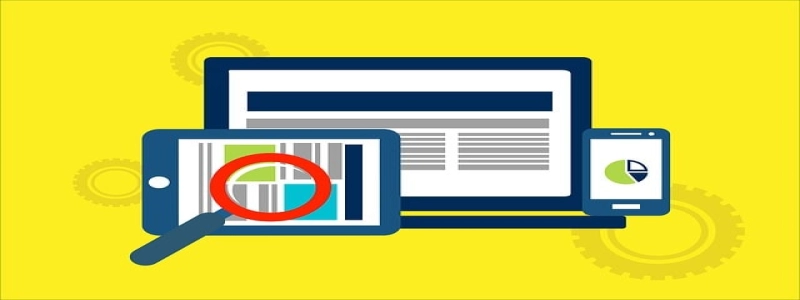Ethernet Patch Cords
I. Introduction to Ethernet Patch Cords
Ethernet patch cords are essential components in networking systems, providing the necessary connectivity between devices. They are commonly used to connect computers, routers, switches, and other network equipment in both residential and commercial settings. This article will delve into the details of Ethernet patch cords, discussing their various types, uses, and important factors to consider when selecting and using them.
II. Types of Ethernet Patch Cords
There are several types of Ethernet patch cords available in the market, each designed to meet specific networking requirements. The most common ones include:
1. Cat 5e Patch Cords: These cords support Ethernet speeds of up to 1000 Mbps and are suitable for most home and small office networks.
2. Cat 6 Patch Cords: Offering higher performance than Cat 5e, Cat 6 patch cords can handle Ethernet speeds of up to 10 Gbps. They are often used in larger networks where faster data transmission is required.
3. Cat 6a Patch Cords: With even higher performance capabilities, Cat 6a patch cords can support up to 10 Gbps over longer distances. They are commonly used in data centers and other high-speed network environments.
III. Uses of Ethernet Patch Cords
Ethernet patch cords serve various purposes in network installations. Some of their primary uses include:
1. Device Connection: Patch cords are used to connect devices like computers, routers, switches, and servers to create a network infrastructure. They provide a reliable and secure connection for data transmission.
2. Network Expansion: When a network needs to be expanded or reconfigured, new devices can be easily connected using patch cords. This allows for flexibility and scalability in a network setup.
3. Cable Management: Ethernet patch cords play a crucial role in cable management by neatly organizing and routing cables in a network. Their short length reduces clutter and ensures efficient cable organization.
IV. Factors to Consider
When selecting and using Ethernet patch cords, several factors should be taken into account:
1. Length: Choose an appropriate length based on the distance between the devices you wish to connect. Excessively long cords can result in signal degradation, while cables that are too short may limit flexibility.
2. Cable Quality: Opt for high-quality patch cords to ensure reliable and secure data transmission. Poorly constructed cables can lead to signal loss, interference, and connection issues.
3. Connectors: The connectors on the patch cords should match the ports on the devices you are connecting. Common connector types include RJ-45, which is widely used in Ethernet connections.
V. Conclusion
Ethernet patch cords play a crucial role in establishing reliable and efficient network connections. By understanding their various types, uses, and important considerations, network administrators and users can select and utilize these cords appropriately. Whether for home networks or complex data center environments, Ethernet patch cords are vital components that enable smooth data transmission and efficient network operations.
